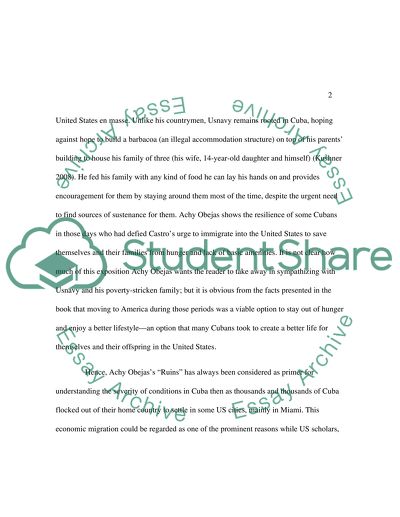Cite this document
(“Achy Obejas's Ruins Place in US Latino Literature Essay”, n.d.)
Retrieved from https://studentshare.org/literature/1430287-achy-obejas-s-ruins-place-in-us-latino-literature
Retrieved from https://studentshare.org/literature/1430287-achy-obejas-s-ruins-place-in-us-latino-literature
(Achy Obejas'S Ruins Place in US Latino Literature Essay)
https://studentshare.org/literature/1430287-achy-obejas-s-ruins-place-in-us-latino-literature.
https://studentshare.org/literature/1430287-achy-obejas-s-ruins-place-in-us-latino-literature.
“Achy Obejas'S Ruins Place in US Latino Literature Essay”, n.d. https://studentshare.org/literature/1430287-achy-obejas-s-ruins-place-in-us-latino-literature.


